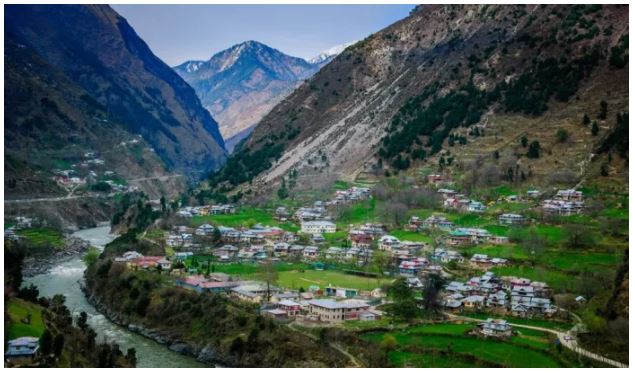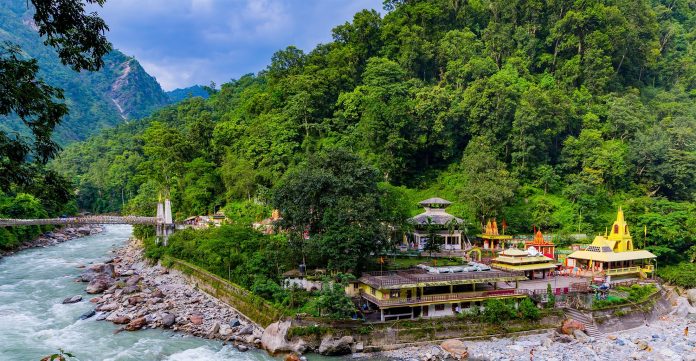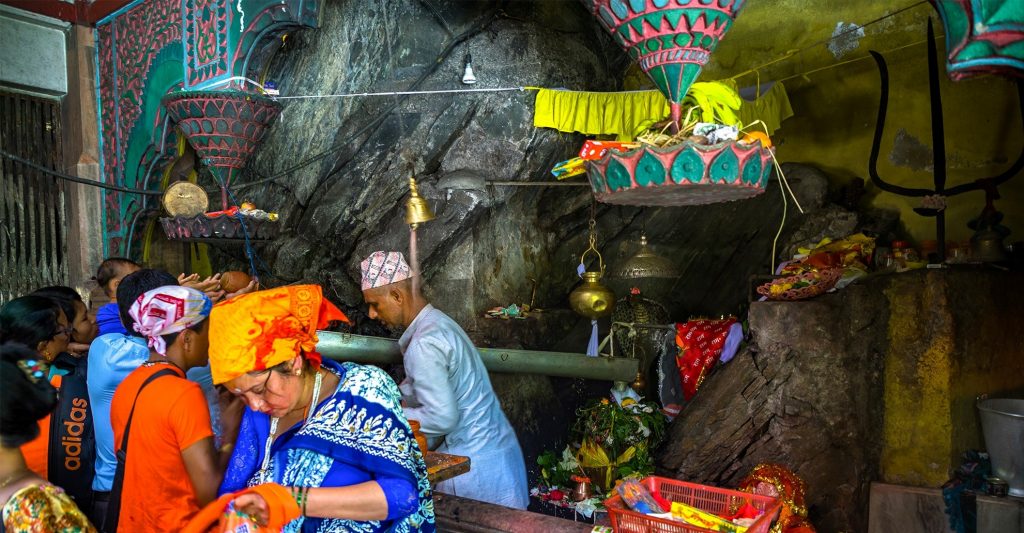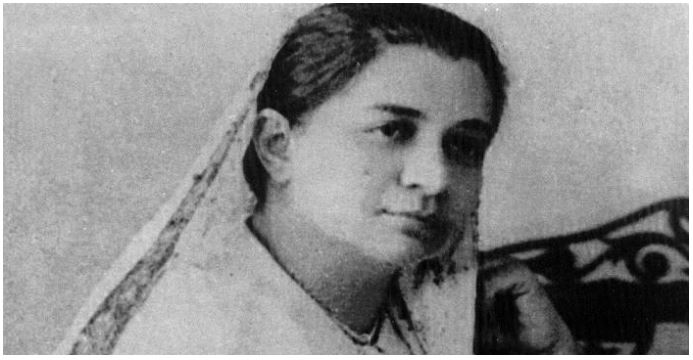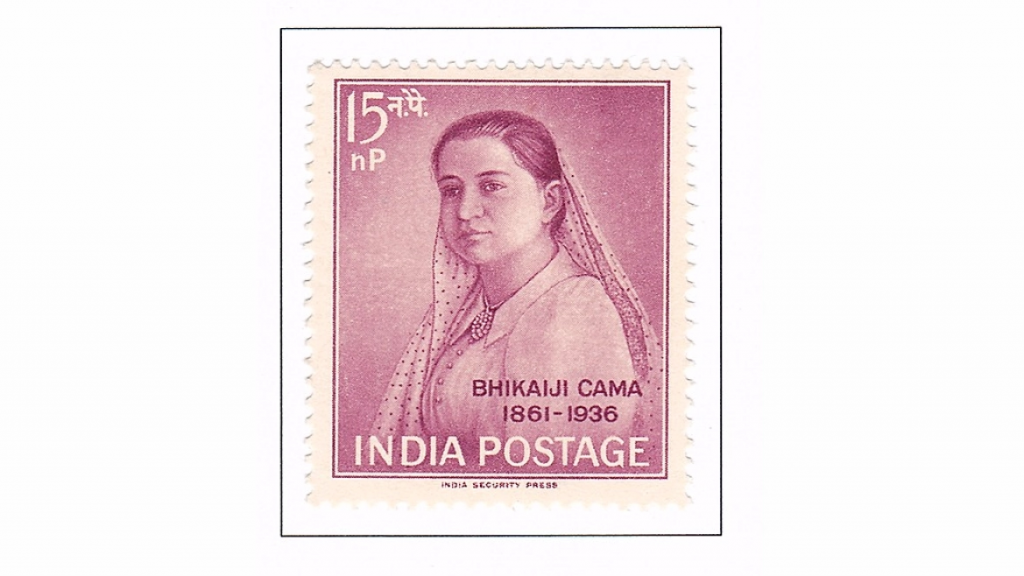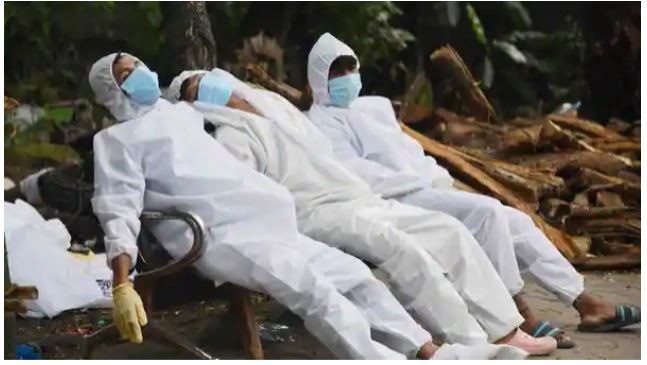iPHONE 13 PAVING WAY FOR INTEGRATED PASSIVE DEVICES (IPD’S):
Apple gave an update to the public and media of soon launching their new product, iPhone13 in the market. They also said that there will be a big surprise for everyone because the iPhone13 will be a next-level iPhone till date.
Apple revealed that IPhone13 will have a 120Hz LTPO display on both the Pro models with the improved battery life. Though battery life has been improved from iPhone X but IPhone13 has been summed up version. This will give out better results than other models and thanks to the efficient 5G modem. They also revealed that they have focused on camera also and also launched a new mode i.e. Video Portrait Mode. IPhone13 will be a device with a notch that is shrunk. There are rumors spread that at least one version of the new iPhone may come with a port less design. So we might see a display gracing the iPhone
Latest updates given by Apple till 1st August:
- The supplier of iPhone13 chips TSMC was effected by gas contamination. However, it doesn’t seem that there will be any delay or it has affected Apple’s Production timeline.
- A report said that Apple has ordered more than 100 million of A15 bionic chips for iPhone13
- Apple may offer fast 2–watt charging, which will compete with Samsung Galaxy S21 series.
IPhone13 release date and Price:
Due to coronavirus the launch of iPhone12 was delayed, but this time the release date is expected in September. Apple analyst Ming-Chi Kuo claims that the iPhone13 will be launched at the normal schedule i.e. September.
The supplier of A15 bionic chips for iPhone13 i.e. TSMC has been hit by gas contamination in July according to Nikkei Asia. But it doesn’t seem that this has impacted the release date of iPhone13 based on the report.
In 2020, Apple warned that the launch date of the IiPhone12 will not be in September. But in 2021 Apple announced earnings for its June quarter, they didn’t wait for anything and announced to launch iPhone13. Apple did call some shortage issues, but it hasn’t affected the release dates of iPhone13.
If Apple releases iPhone13 according to the schedule, then we can see iPhone13 on the fourth Friday of September. According to the calendar, the date on the fourth Friday of September is September 24.
iPhone13 price:
Till now there is an approximate idea that, iPhone 13 will cost around $699, $799, $999 and $1099, respectively. Apple tends to keep the price of each model relatively close to the preceding model
A report by TrendForce said that iPhone13 should be relatively on par with the current iPhone13 models. TrendForce also said that the iPhone13 Pro models won’t have a 1TB storage option.
There are rumors also spread that the size of iPhone13 will be the same as iPhone12: 5.4 –inch iPhone13 mini, a 6.1 –inch iPhone13, a 6.1 inch iPhone13 Pro and a 6.7 –inch iphone13 Pro Max.
As of now the sale of the iPhone12 Mini has not been so tremendous as compared to other models iPhone12. Reports claims that Apple is still launching the iPhone13 mini. Let’s assume that there will be four models that will be launching in September and these will be in the iPhone13 family. A 5G iPhoneSE is not expected to be launched until next year. But iPhone Flip may be launched within the next two years.
iPhone13 name:
Earlier rumors pointed Apple will give a certain name to iPhone13 series, since Apple went from iPhone11 to iPhone12 last year. There are rumors spread that Apple will be launching the iPhone13 series as iPhone 12s.
However, till the release we are not sure about what will be the name. A new report claims that Apple will be sticking to the name of iPhone13. According to the report in the Economic Daily News, the iPhone13 will be the mirror of the iPhone12 on the basis of design and name.
iPhone 13 design:
A set of iPhone13 dummy units have gotten the hands-on treatment by Apple insider. Some of the biggest inbuilt changes such as of speaker that will be placed on the top of the device. There is a new diagonal arrangement for regular iPhone13 and a larger camera module for iPhone13 Pro.
The SIM card slot will move down the device and the positions of the power button, will also be moved down a little bit.
iPhone13 Pro Max could be slightly larger than its predecessor. There is also a variety of information that has been leaked that the iPhone13 will come with a smaller notch compared to the notches that were in the iPhone12 series, the notch with processor series is somewhere bulky.
Apple will design this type of notch by downsizing on the new iPhone by combining the separated infrared flood illuminator, sensor and dot projector, which is the same as the iPhone12’s face ID unlocking system. In iPhone13 we can see two new sensors and a narrower notch on top of the screen.
Digitimes’ report:
Digitimes has given a separate report that the die size of the VCSEL chips that are used in the face ID unlocking system is shrunk by 40 to 50% which means that the iPhone13 will come up with the smaller notch
The earpiece speaker would no longer be housed in the notch but it is placed on the top bezel. The dummy of iPhone13 Pro max dummy gave an idea that itx could be slightly thicker than iPhone12 pro max
A rumor that was spread out was that iPhone13 would be getting an under-display Touch ID because from last year it is necessary to wear a mask and some people remove their mask to unlock their iPhone so to avoid this, touch ID can be placed under the display.
iPhone13 colors:
The rumors spread about iPhone13 colors that there are four color options for-black, silver, rose gold and sunset gold.
iPhone13 specs:
The chip might be upgraded as in iPhone12 A14 bionic chip was used. But the reports said that in iPhone13 A15 bionic chip can be used which is a powerful chip than the A14 chip.
A report came out that Apple has ordered up to 100 million A15 chips which mean Apple is expecting more high demand for iPhone13 than iPhone12.
In storage, the iPhone13 can go up from 64 GB to 512GB, though a new analyst report said that the iPhone13 can get up to 1TB of storage. This is the highest storage that any iPhone will have till now.
iPhone13 cameras:
The reports suggested that iPhone13 Pro and iPhone13 Pro Max will be offered with six new ultra-wide lenses. iPhone 12 Pro models sport a 5 element ultra wide-angle lens. It’s a rule that the more elements in a lens, the better the quality of the image.
Apple analyst Ming-Chi Kuo also claims that the iPhone13 series will offer ultra-wide autofocus which will give more sharp image. Analyst Ross Young had predicted that Apple phones will come with large sensors for starters. Larger sensors mean more light intake by the sensors and camera. This will help to boost the quality of low light pictures
iPhone13 battery and Charging:
The iPhone12 models do not have a good battery life test. But iPhone12 pro max has impressed with its large battery. Mingh Chi Kuo said about the so-called soft battery technology in iPhone 13 that the new iPhones can offer increased battery capacity without growing the design footprint.
The iPhone13 pro max has gained an 18% increase from 3,687 Mah to 4,352 mAH. The iPhone12 maxes out at 20w charging, but Apple is offering 25w charging this year. The iPhone13 could offer reverse wireless charging which means the iPhone can now charge Airpods and Apple Watch.
iPhone13 and iOS 15:
The top iOS 15 features include updates to FaceTime that will allow you to watch videos and share content. Also, a new Focus mode for managing notifications, and improvements in maps, messages, wallet, weather and other in-built apps.
IPhone 13 may come up with the feature hidden in iOS 1t. The key feature is that the iPhone 13 could understand and learn the predictive charging notifications. This system would learn your phone usage and charging habits, much like Optimized Charging does already. However, it will warn you that when you have to charge your device when you’re at a suitable place.
Also, Read: Vacation of Pakistan occupied Kashmir



